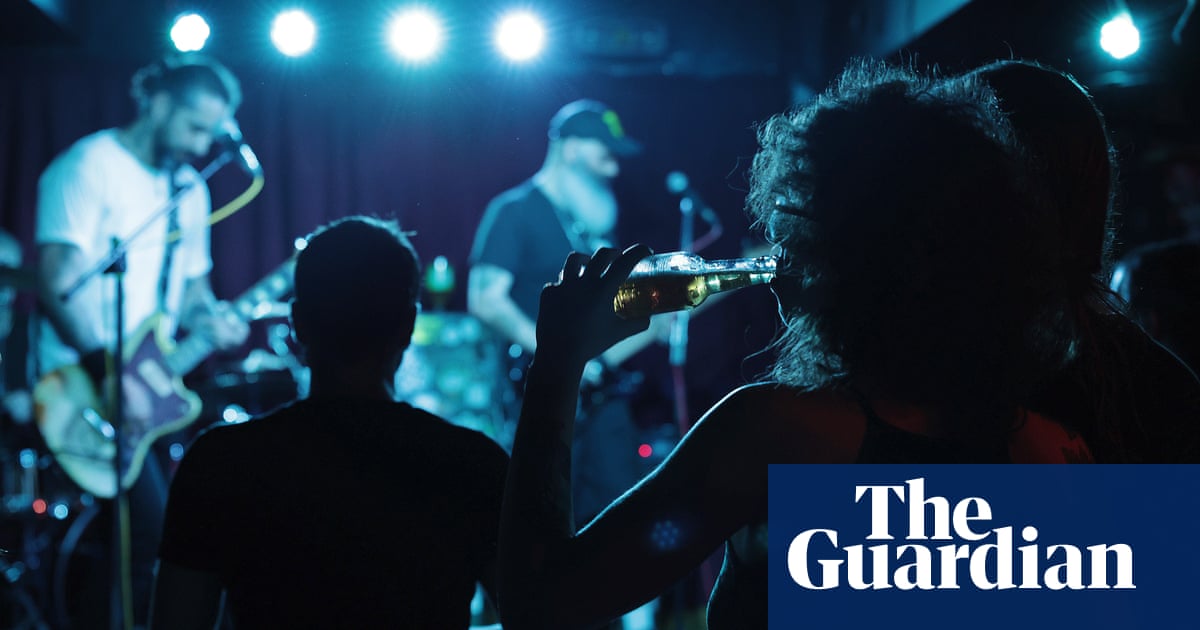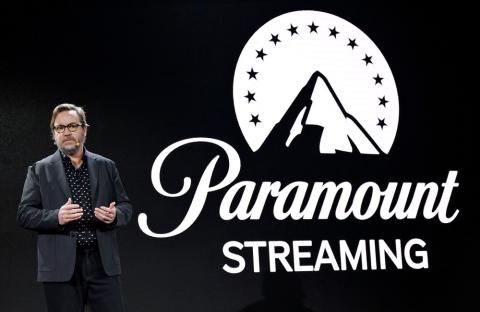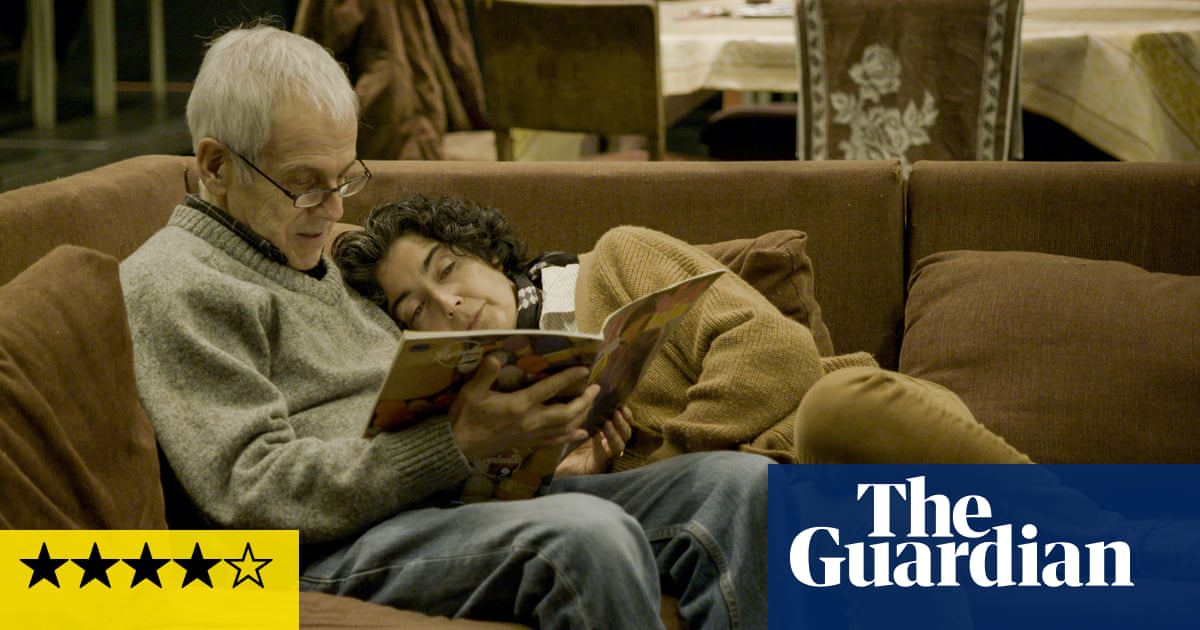
e see a frail and elderly woman in a chair, her eyes downcast. She motions for the music to be turned up, a swelling melody from Tchaikovsky’s Swan Lake, and with a little encouragement her hands begin to flutter. Then suddenly her eyes flash and she’s Odette the swan queen at the misty lakeside, arms raised. She leans forward, wrists crossed in classic swan pose; her chin lifts as if she’s commanding the stage once more, her face lost in reverie.
The woman in the film is Marta Cinta González Saldaña, a former ballet dancer who died in 2019, the year the video was shot. But the clip has gone viral since being posted recently by Spanish organisation Música Para Despertar (Music to Awaken), which promotes the value of music for those living with Alzheimer’s. Many of the details accompanying the video on its journey around the internet have been erroneous. Marta Cinta was not a member of the “New York Ballet” (there’s no such company) or the actual New York City Ballet, but seems to have run her own dance company in the city; the ballerina performing in the intercut video is not her but Ulyana Lopatkina, who is not even dancing Swan Lake but Mikhail Fokine’s The Dying Swan. Yet none of that takes away the impact of watching someone seemingly light up and have their memories unlocked by the power of melody. It’s as if you’re seeing Saldaña inhabit her true self.
The particular ability of music to connect with people living with even severe dementia is becoming well known. Former concert pianist and music teacher Paul Harvey recently landed a No 1 with Four Notes – Paul’s Tune, a song he improvised at the piano despite his memory loss.
Auditory memory may be the last thing to leave us because it’s one of the first things we develop, at around 18 weeks in the womb, says Grace Meadows, programme director at Music for Dementia. “They’re some of the deepest neural pathways that get laid down,” she says. Our first language, the babbling and cooing of babies and their carers, is a form of musical exchange. “That’s why it’s so deep and why we’re so responsive to it, because it’s so primal.”
That remains true when people have cognitive impairments, partly because music is processed in so many different parts of the brain. If there’s something blocking its neural pathway, it finds another path. And music from formative stages in our lives tends to have the strongest hold, especially around the teenage years and 20s, the “memory bump” as it’s called, when so many intense social bonds and new emotions and experiences take place: first loves, moving to new cities, or perhaps dancing your first leading role on stage.
For Saldaña, a strong muscle memory is tied to those musical instincts, but you don’t have to have been a professional dancer for music to spark a physical response. Fergus Early has been working in community dance for more than 30 years with his company Green Candle and running workshops specifically for people with dementia for the last decade (including, at the moment, a weekly online dance class).
He always works with live music, but sees even more benefits when that’s allied with dance. “Sometimes it’s pure extraordinary magic,” he says. “People transform before your eyes, they become who they were again. I’ve experienced somebody who’s come and sat in a wheelchair session week after week, and one time I played a particular piece of music, the Keel Row, a Northumbrian folk tune, and suddenly her feet are dancing really fast. Then at the end of the class she starts talking – she’s never talked to anybody before, the staff in the home say she never says anything. That kind of thing is not uncommon.”
Physical expression, and connecting body and mind, is important for those who are often expected to do very little. “The mind functions better when the body’s working, rather than when it’s very passive,” says Early. Dance also has huge social benefits for those feeling isolated, and his workshops give participants a much needed sense of agency. “What’s critical for people with dementia, in order to contradict a lot of the stuff that comes at them from society, is that they have some control,” he says. “So if they’re improvising, they can take decisions on what to do next. It sounds very simple, but it’s very important in giving people back a sense of their own identity.”
The sense of identity is what’s so powerful about Saldaña’s video. “You see her as the expert,” says Meadows. “You get a glimpse of what she was like as a ballerina and that’s who she will always be. And I think that’s really comforting for the person and for those around them, to see who they are beyond their dementia.”












